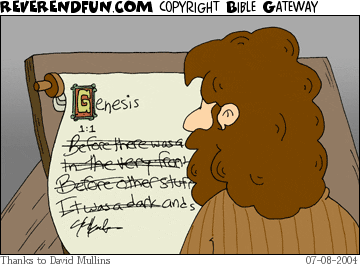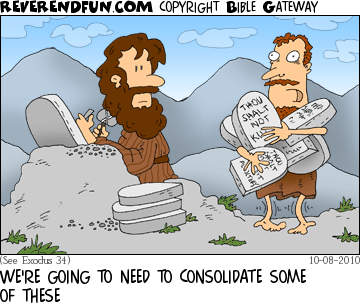 The Bible has been printed in so many languages and made available in so many countries it is difficult to think there are places where Bibles are not available. Yet there are thousands of areas where there are no scriptures in a native tongue. Plus there are still countries where people are not exactly forbidden to have a Bible, but it is unwise for them to read it publically. Having a Bible is so commonplace today it’s hard to believe everyone in the world cannot enjoy the privilege of being able to read one.
The Bible has been printed in so many languages and made available in so many countries it is difficult to think there are places where Bibles are not available. Yet there are thousands of areas where there are no scriptures in a native tongue. Plus there are still countries where people are not exactly forbidden to have a Bible, but it is unwise for them to read it publically. Having a Bible is so commonplace today it’s hard to believe everyone in the world cannot enjoy the privilege of being able to read one.
Actually, the average person did not always have access to a Bible. Our biblical fore-fathers had no such luxury. In those days only the religious leaders had a copy the Bible and probably not in total. That’s why public reading of Scripture was important. (1 Timothy 4:13)
The invention of the printing press in the 1400s changed all that by giving ordinary people access to books, especially the Bible. Until then the only way to duplicate a document was by hand.
Man started chiseling on stone (think 10 Commandments) and gradually moved to ink/dye on animal hides. The Old Testament was first copied on leather scrolls, then graduated to papyrus. Actually, the word Bible comes from the Greek word for the papyrus plant, biblos. The oldest surviving manuscript of any part of the New Testament is a papyrus fragment containing part of John 18. Scholars estimate that it was written about 125 AD.
Sheets of papyrus could also be placed between two pieces of wood for covers creating a type of book called a codex. Around 320 AD the codex book form replaced the scroll, and parchment made from the skin of sheep or goats replaced papyrus.
When the Roman emperor Constantine became a Christian, he authorized the production of many copies of the Scriptures. This was a huge, arduous undertaking. We cannot imagine what it took to produce just one hand copied version of the Bible. The lettering was ornate and each word had to be painstakingly formed in ink with no room for error since there was no “wite-out” or “correcto-type” available. It was a laborious task.
 During the Middle Ages (c. 600 to 1400), several thousand monasteries were established across Europe to copy the Bible. Teams of scribes and artists produced magnificent parchments filled with beautiful artwork. Most people in the Middle Ages were illiterate so these designs and illustrations were very popular. Of course these Bibles were huge and expensive, not available to the common man. Years ago I saw some of these magnificent manuscripts displayed at the Getty Museum in Southern California. Unbelievable works of art!
During the Middle Ages (c. 600 to 1400), several thousand monasteries were established across Europe to copy the Bible. Teams of scribes and artists produced magnificent parchments filled with beautiful artwork. Most people in the Middle Ages were illiterate so these designs and illustrations were very popular. Of course these Bibles were huge and expensive, not available to the common man. Years ago I saw some of these magnificent manuscripts displayed at the Getty Museum in Southern California. Unbelievable works of art!
I’m not sure what scrolls or parchments New Testament leaders had access to but I can guarantee you they weren’t just all grabbing their Bibles and heading over to Joe’s house for an impromptu study. Many at that time were illiterate. When the Bereans were commended for examining scriptures daily (Acts 17:11) they were making an effort to get together with someone who could read and had access to portions of the Bible. Reading or studying the Bible was a shared activity with people supporting and encouraging one another. Susie-Q wasn’t secluded, reading her devotionals with a just “me and you Lord” attitude.
After the printing press came along, the flood gates of information became available to the ordinary, everyday people. It was the Internet of its time. Eventually literacy and access to books became widespread. The Bible became accessible to the average person – people like you and me.
Today some can be pretty cavalier about having a Bible and being able to read it. But think about this – we don’t have to wait for Moses to come down from a mountain with a tablet of stone or for Paul’s next parchment epistle to arrive in the mail. We have access to God, his thoughts, and his example at our fingertips. I wonder if we really appreciate what a privilege that is.


